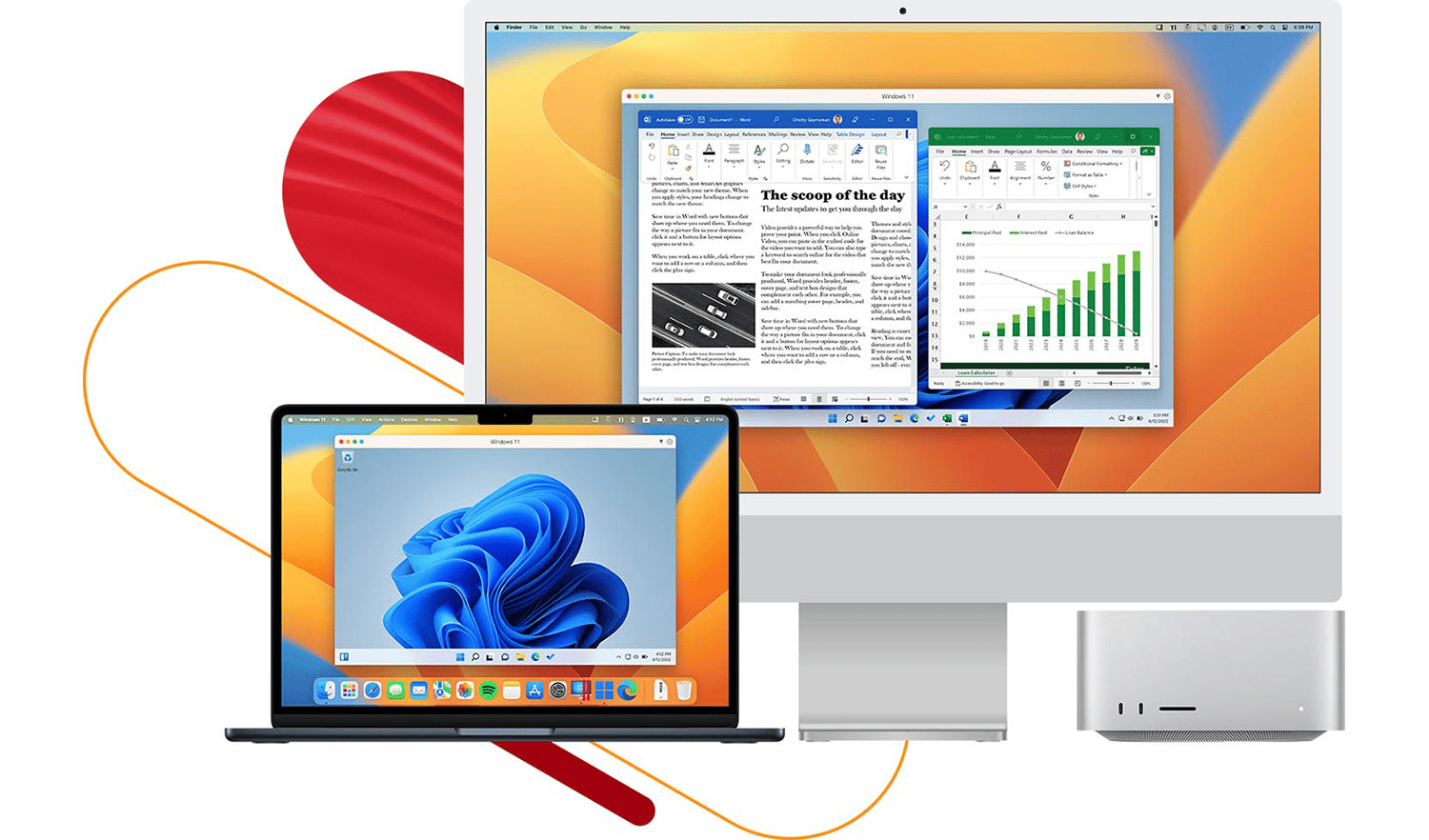The potential introduction of new Windows 11 features optimized for the ARM platform at the upcoming Microsoft event suggests a significant shift in the PC landscape. Here’s a breakdown of the key points and implications:
ARM-Based PCs: A Shift in the PC Landscape
- Apple’s Influence: Apple’s success with its in-house Apple Silicon chips for Macs has prompted a reevaluation of the ARM architecture in the PC space.
- Qualcomm’s Entry: Qualcomm’s Snapdragon X Elite processors for Windows PCs promise game-changing performance and efficiency, with features akin to smartphone chips.
- Efficiency and Performance: Snapdragon X Elite chips offer up to 12 CPU cores, integrated graphics, an AI processing unit, ISP, and 5G modem, aiming for improved efficiency and performance compared to traditional x86 solutions.
- Potential Benefits: ARM-based Windows laptops may become thinner, more compact, and offer better battery life, along with improved image/video quality and on-device AI experiences.
Developer Challenges and Emulation
- Developer Adoption: Unlike Apple’s transition to ARM, Microsoft may face challenges in convincing developers to build native ARM apps for Windows.
- Emulation: The need for emulation to run legacy x86 apps on ARM-based PCs may impact performance gains, similar to Apple’s Rosetta 2.
- Dual Versions: Developers may need to build two versions of their apps for x86 and ARM platforms, adding complexity and potentially increasing development costs.
- Coexistence of x86 and ARM: Unlike Apple’s swift transition, x86 and ARM-powered Windows PCs are likely to coexist for the foreseeable future, catering to different use cases.
Cost and Adoption
- Initial Cost: Early ARM-based Windows PCs may be expensive, potentially limiting their accessibility to higher-end markets initially.
- Trickle-Down Effect: It may take several years for ARM technology to become more widespread in entry-level devices, similar to Apple’s gradual transition.
- Coexistence: Both x86 and ARM-powered PCs are expected to coexist, offering users a choice based on their specific needs and preferences.
In summary, the transition to ARM-based PCs in the Windows ecosystem presents both opportunities and challenges, with implications for developers, consumers, and the PC industry as a whole.






